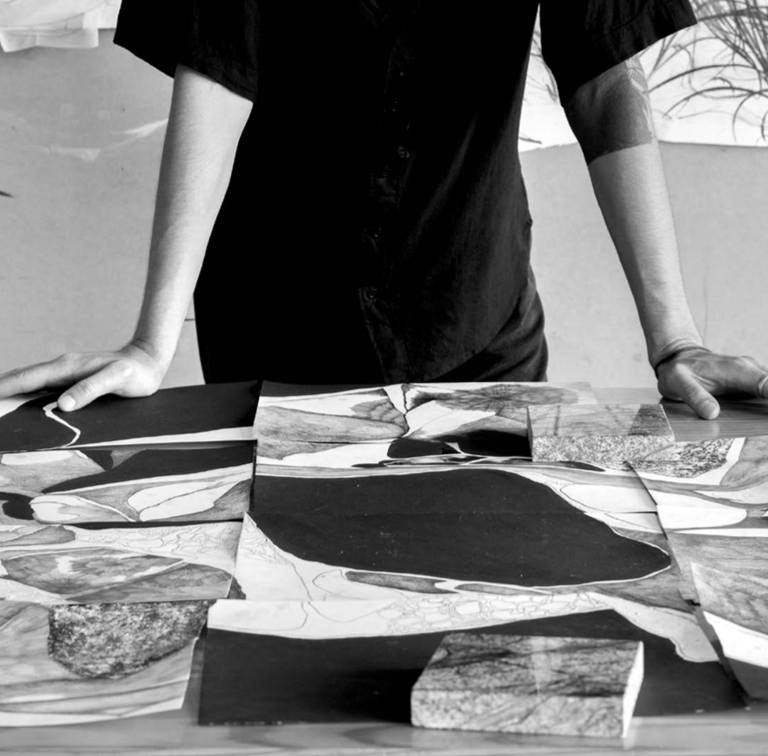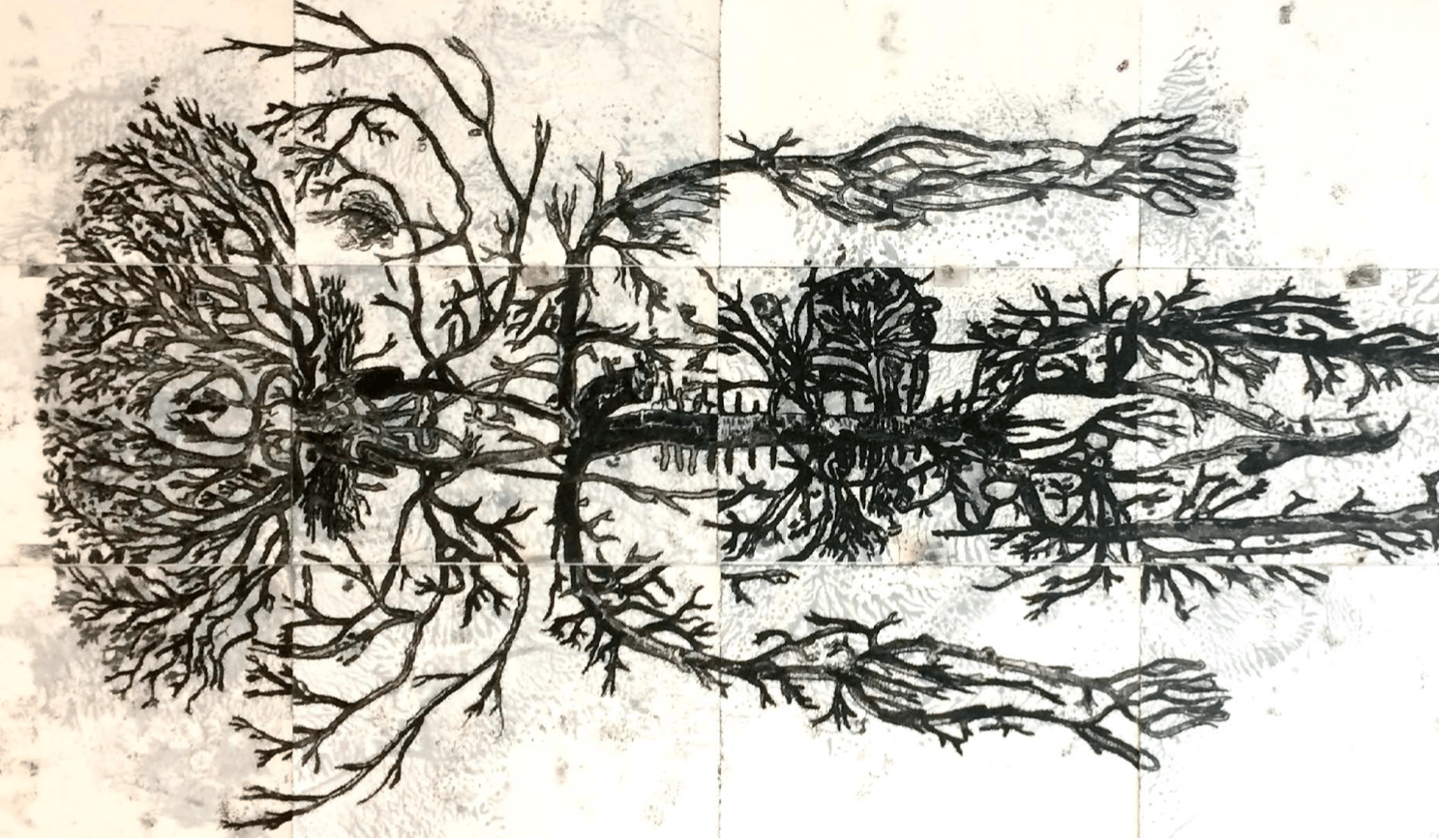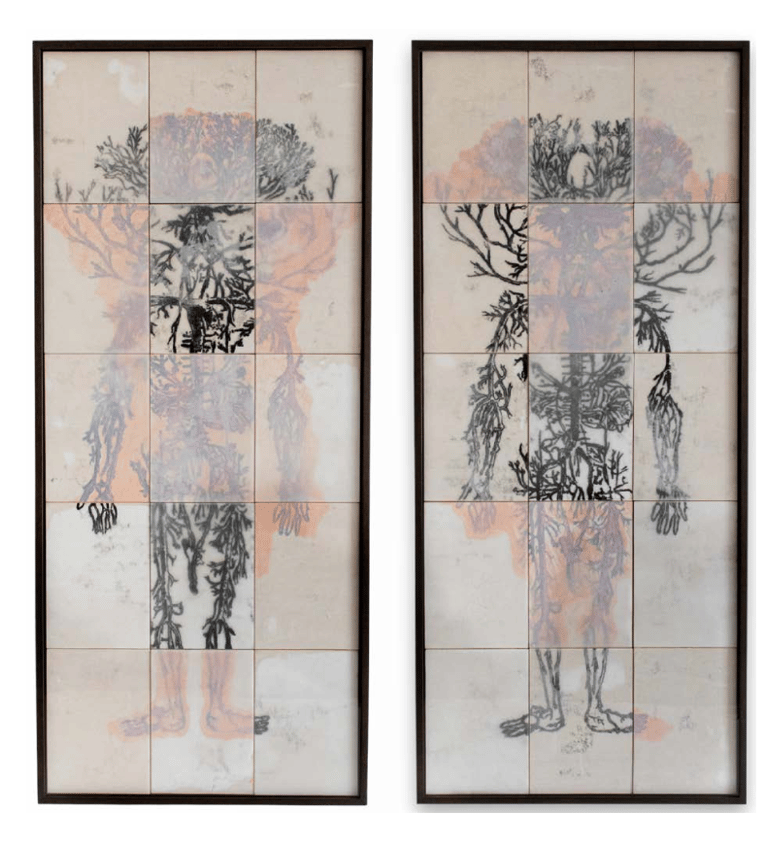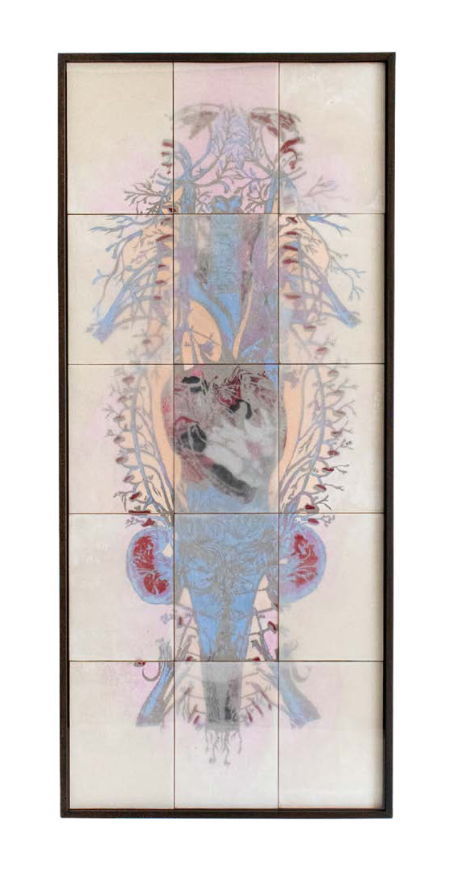Between Matter and Time
My practice begins with listening — to the body, to territory, to memory. Through drawing, installation, and video, I’ve been exploring since 2006 the ways in which forms disappear, dissolve, and reorganize. For me, gesture is always a space of transformation — a surface where time leaves its mark.
In recent years, I’ve been turning my work toward the environmental tensions of the present. The landscapes I create are not attempts to illustrate nature, but to reflect on it — its erosion, its instability, its fragility in the face of what crosses it. My interest in geological formations and materials like marble arises from this place: from an effort to engage with mineral time, with the silence of rocks, with the weight of what is extracted.
Geological formations, in particular, speaks to me as an ambiguous symbol. While it evokes permanence, it also carries the marks of exploitation, fracture, and transformation. It interests me as matter in tension — between the sacred and collapse, between luxury and noise.
When I draw mountains, rocks, and sediments,
I’m not simply representing landscapes. I’m trying, through the line, to touch what cannot be fixed: the shifting body-territory, the layers of memory embedded in the earth, the history that fades from within. Drawing, to me, is also excavation
— and listening.
I dwell in the interval between what takes form and what falls apart.




īnflūxūs
[Form Development]
2024
In this work, Lucas Länder intersects the concept of morphogenesis (the development of form) with Enlightenment-era scientific illustrations of the human body, unveiling a profound investigation into the transformations of body and memory. The term īnflūxūs, which evokes the idea of a continuous flow of influence and transformation, reflects the central concept of this phase: the body and memory as entities in constant transmutation, shaped by internal and external forces that define their form and meaning.
During the Enlightenment, anatomical illustrations aimed to unveil the secrets of the human body with scientific precision, fragmenting it into
parts in order to comprehend the whole. These representations, although meticulous and rigorous, also reflected a view of the body as a fixed system—one that could be dissected and fully understood.
By revisiting this visual and conceptual legacy, Länder proposes a new approach: instead
of treating body and memory as static and fully graspable elements, he presents them as territories in constant flux, subject to a morphogenetic process of continuous transformation. In his research, the human body is portrayed as a space in transfiguration, where each memory fragment and each historical trace are reconfigured, generating new forms and meanings.
This dialogue between the precision of Enlightenment anatomical drawings and the fluidity of the morphogenesis concept results in a body of work that questions ideas of permanence and stability. Länder employs traditional techniques from scientific art—such as drawing, painting, and printmaking—but subverts them by enlarging, fragmenting, and introducing elements of fading and ephemerality, notably through materials like paraffin. The result is a human body that is no longer merely an object of study, but a field of possibilities, where past and present converge to create new interpretations of what it means to be human.
īnflūxūs invites us to reimagine the body
and memory as dynamic entities, eternally in formation, where stability is always vulnerable to transfiguration. In this context, morphogenesis becomes a powerful metaphor not only for physical and historical change, but also for the subjective mutations that define our experience of the world. Lucas Länder thus challenges
the viewer to see the body and memory as living processes, constantly adapting to the transformations of time, space, and cultural context.




_ īnflūxūs, 2024
_Monotype and painting on paper with wax glaze, mounted on wooden panel 58.7x25in.